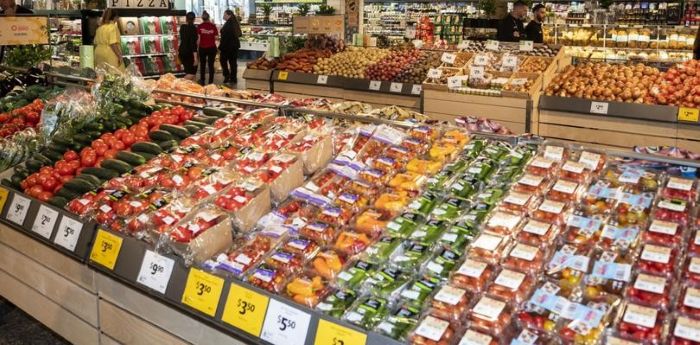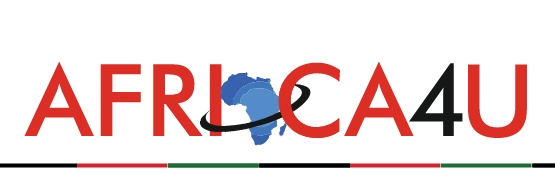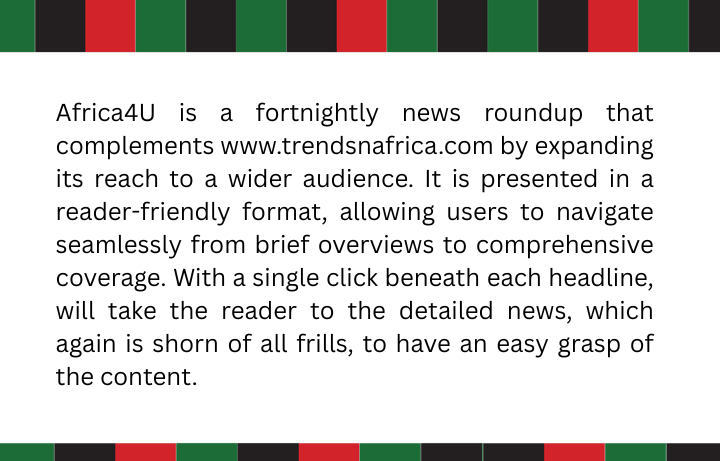(3 Minutes Read)
Namibia’s annual inflation rate rose to 3.6% in April 2025, according to the latest figures from the Namibia Statistics Agency (NSA). The uptick was largely driven by increased costs in food and housing, which contributed 1.1 and 1.0 percentage points, respectively, to the overall inflation rate.
The ‘Alcoholic Beverages and Tobacco’ category was the third-largest contributor, adding 0.7 percentage points. On a monthly basis, inflation increased by 0.2%, a slower pace compared to the 0.5% rise in March. As April marks the start of the 2025/26 fiscal year, these inflation figures now serve as the baseline for fiscal assessments moving forward.
Key Category Trends
- Food and Non-Alcoholic Beverages
Making up 16.5% of the Consumer Price Index (CPI) basket, this category saw annual inflation of 5.6%, up from 4.9% a year ago. Month-on-month prices remained unchanged. - Alcoholic Beverages and Tobacco
This category, which comprises 12.6% of the CPI basket, experienced a notable slowdown in annual inflation to 4.9%, from 7.3% in April 2024. Monthly inflation eased to 0.5%, down from 1.6%. - Housing, Water, Electricity, Gas, and Other Fuels
Representing 28.4% of the CPI basket, housing-related costs recorded annual inflation of 4.1%, up from 3.6% the previous year. On a monthly basis, housing inflation inched up by 0.3%. - Other Notable Annual Increases
- Hotels, Cafés, and Restaurants: 6.3%
- Recreation and Culture: 4.6%
Meanwhile, transportation costs fell by 0.3% year-on-year, a sharp reversal from the 5.9% increase observed in April 2024. This decline was attributed to reduced costs for personal transport and vehicle purchases.
Regional Inflation Trends
- Zone 3 (//Kharas, Erongo, Hardap, Omaheke): 4.1% (highest)
- Zone 1: 3.7%
- Zone 2 (Khomas): 3.2%
The NSA also highlighted regional price differences for commonly consumed items. A 750ml bottle of sunflower oil was most expensive in Zone 2 (N$33.43) and cheapest in Zone 3 (N$31.95). Rooibos teabags (100g) were priciest in Zone 1 (N$37.76).
Read Also:
https://trendsnafrica.com/namibias-annual-inflation-moderates/
Core inflation, which excludes volatile items like food and energy, stood at 4.0%, exceeding the overall inflation rate. The NSA attributed this to underlying price pressures often influenced by weather conditions, global events, and supply-demand dynamics.





